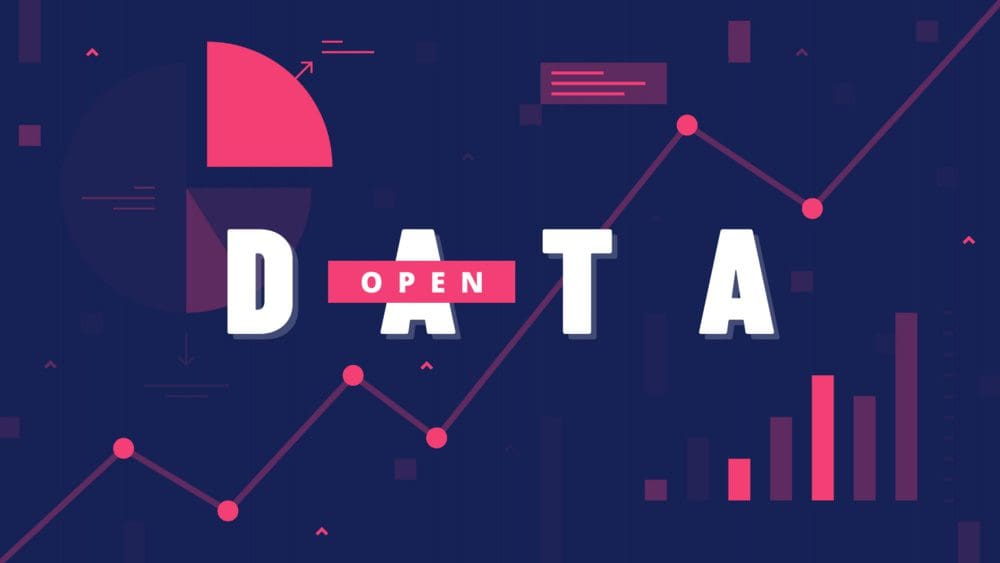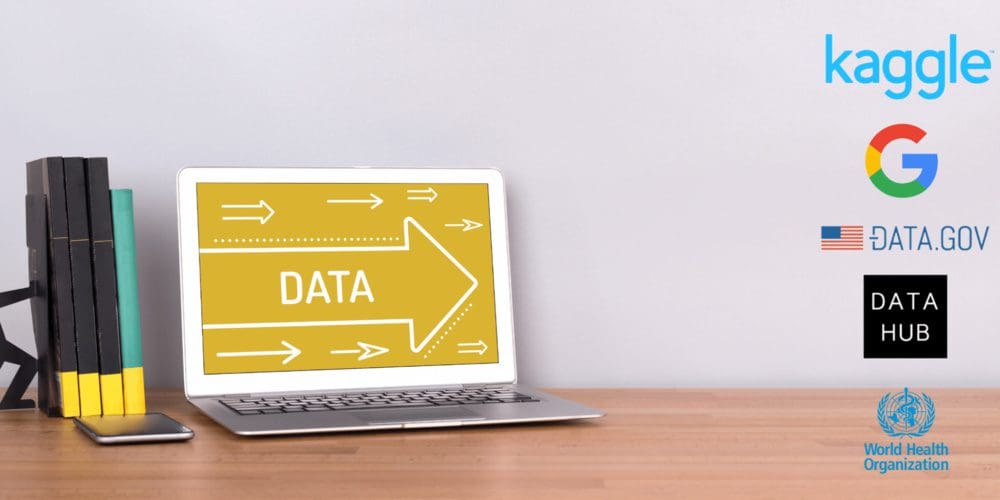Open Data and Why it is Necessary
Open data improves accessibility and encourages universal participation, which allows companies to create cutting-edge, data-driven technologies and make the world a better place.

Image by author
What is Open Data?
Open data is the data that can be accessed by anyone for any purpose. It allows individuals or companies to use, reuse, and re-distribute data without any legal issues. It is subject to author attribution or sharealike - opendatahandbook.
To understand better let’s dive into the functions.
- Open Access and Availability: The data must be complete and can be easily downloadable via the internet. The data should also be available in a convenient and modified form.
- Open to re-use: The data must be under a license that allows end-users to re-use and re-distribute which also includes mixing of multiple datasets.
- Universal Participation: Everyone can use, reuse, and redistribute the data without discrimination against any field of study, individual or a group.
To promote the use of open data, every year, the global data community celebrates International Open Data Day. On the 6th of March, various organizations across the globe conduct talks, seminars, demonstrations, hackathons, and the announcement of open data releases.

Image from it24hrs
Why it is Important
If you are wondering why open data is so necessary, the simple answer is that it accelerates innovation, reduces biases, improves the quality, and reduces the cost of data collection. To understand it better we will learn the advantages of open data in detail.
Interoperability
Interoperability means the ability of diverse organizations or systems to work together. In our case, combining multiple data, working on complex problems using similar data, and allowing different components to work together. Interoperability is necessary to solve complex problems that support various organizations to discover new ways to improve current systems and develop new products and services.
Economic Cost
When data is openly shared, we save a lot of resources in collecting the new dataset. We are not just saving the cost. We are also saving time and human resources that are required to collect a completely new dataset. Open data can also help companies to divert resources in the research and development of new products fast.
Data Quality
When data is used and reused by multiple parties, there is a high chance of finding mistakes that can be corrected. Over time collective use of data will create a higher level of confidence in the source, which will help us avoid uncertainty and biasness.
Verification
The solutions or methodologies provided in research publication should be reproducible and verified. It is only possible if the data is shared along with research solutions. Verification will improve the quality of research and accelerate innovation. It also helps us avoid biases in machine learning models to create inclusive data applications, that are built for common benefits.

Image by author
How to Find Open Data
The world is moving towards open data policies, and a lot of organizations and companies are sharing the data.With a simple google search, any individual can find multiple datasets in a specific field. Other than that there are specialized platforms that offer public access to a collection of the datasets.
Kaggle
Kaggle is a community-driven platform where data scientists share data, research, code, and participate in data competitions. If you are looking for a dataset, the first destination should be Kaggle as you can find all types of open source datasets with a simple search.
Google Dataset Search
Google Dataset Search uses Google search engine but strictly for data. You can find any type of data from various sources by doing a simple search. For example, if you like the dataset and want to know more, it will provide you with the link to GitHub, Kaggle, and various other platforms to review and download.
Data.Gov
The US government has made all the data publicly available in 2015. The data collection consists of 200,000 datasets that range from climate change to crimes. The platform is user-friendly, and the dataset is available in the common file type. You will be surprised at what you learn from the most detailed demographic data collection available on Data.Gov.
Datahub.io
Datahub contains a collection of high-quality datasets organized by various categories. You can find data on climate change, entertainment, education, healthcare, and much more. The platform focuses on datasets like stock market data, property prices, inflation, and logistics.
Global Health Observatory Data Repository
Global Health Observatory Data Repository consists of health-related statistics across the globe. The dataset covers all types of health issues from malaria to HIV/AIDS, antimicrobial resistance, and vaccination rates. This repository is a gold mine for data scientists who are working in the healthcare industry, as these statistics can help them develop cutting-edge AI solutions.
If you are looking for some rare dataset, check out the 50 best open data sources by G2.
Abid Ali Awan (@1abidaliawan) is a certified data scientist professional who loves building machine learning models. Currently, he is focusing on content creation and writing technical blogs on machine learning and data science technologies. Abid holds a Master's degree in Technology Management and a bachelor's degree in Telecommunication Engineering. His vision is to build an AI product using a graph neural network for students struggling with mental illness.
